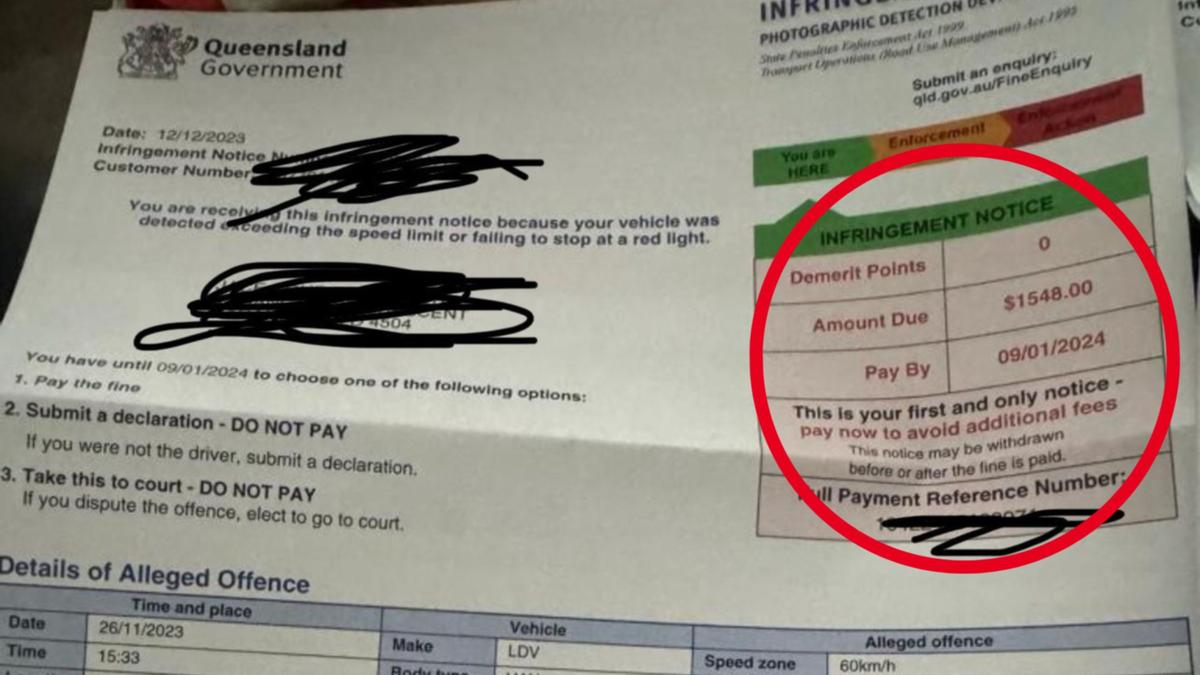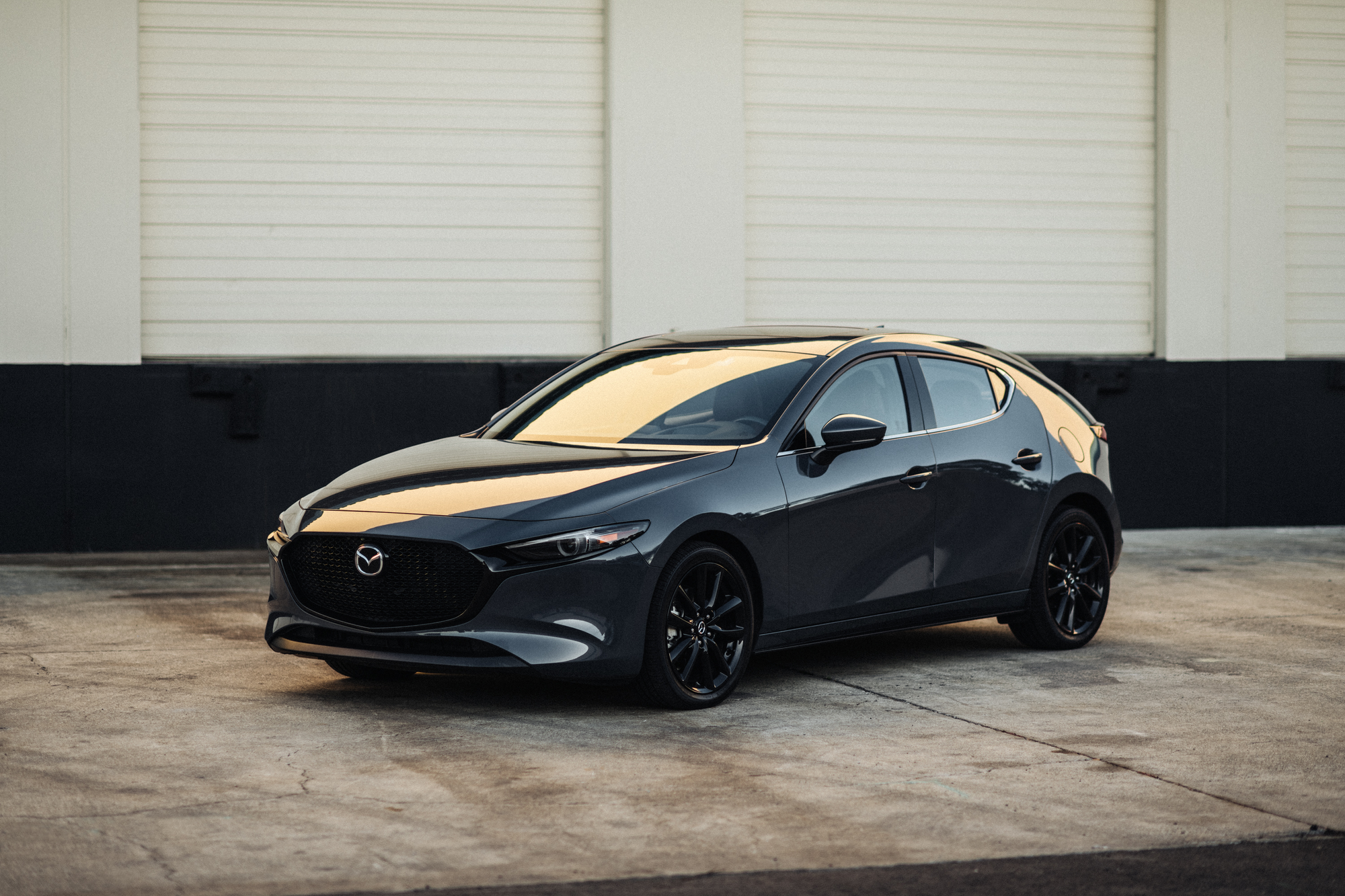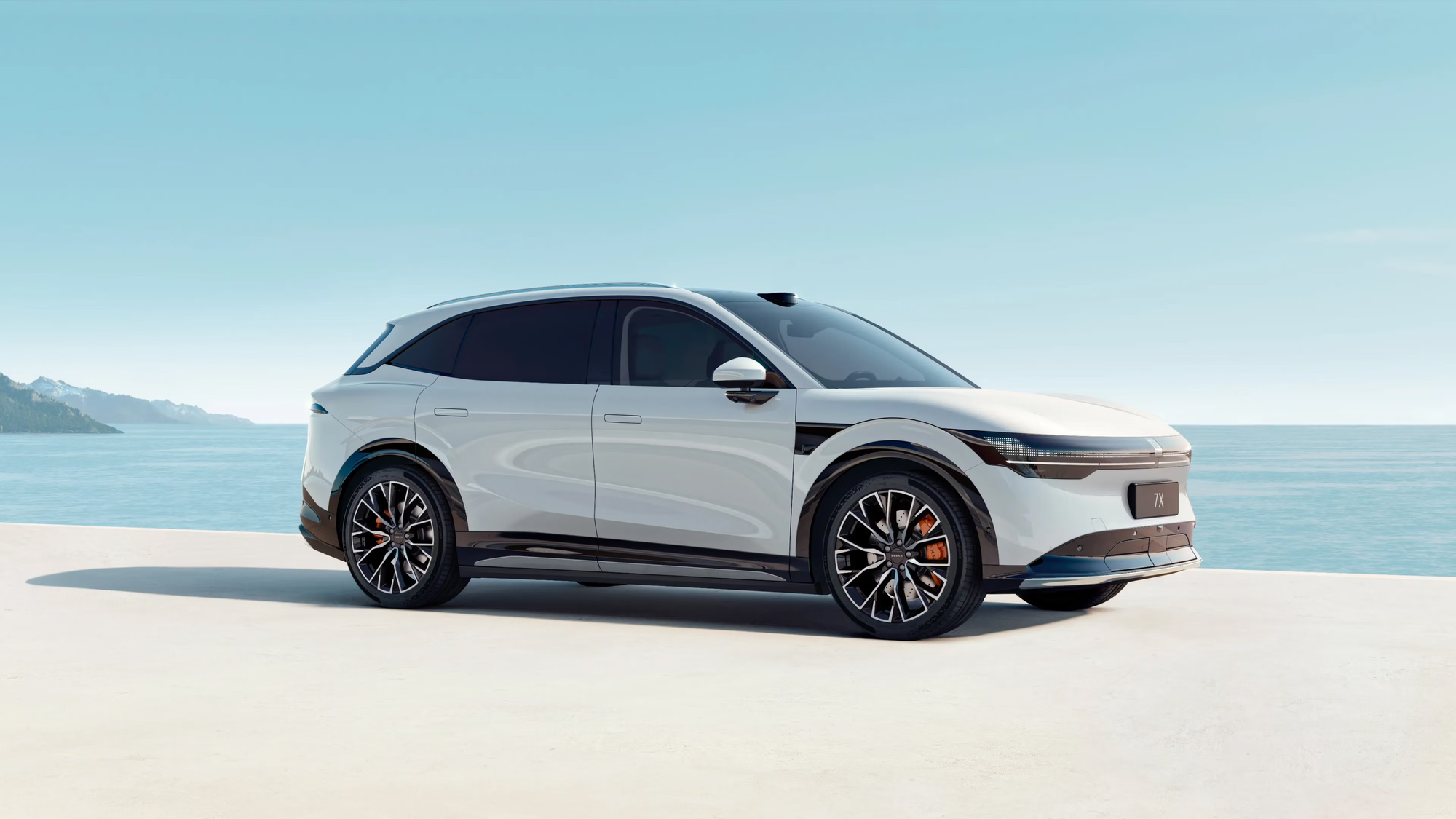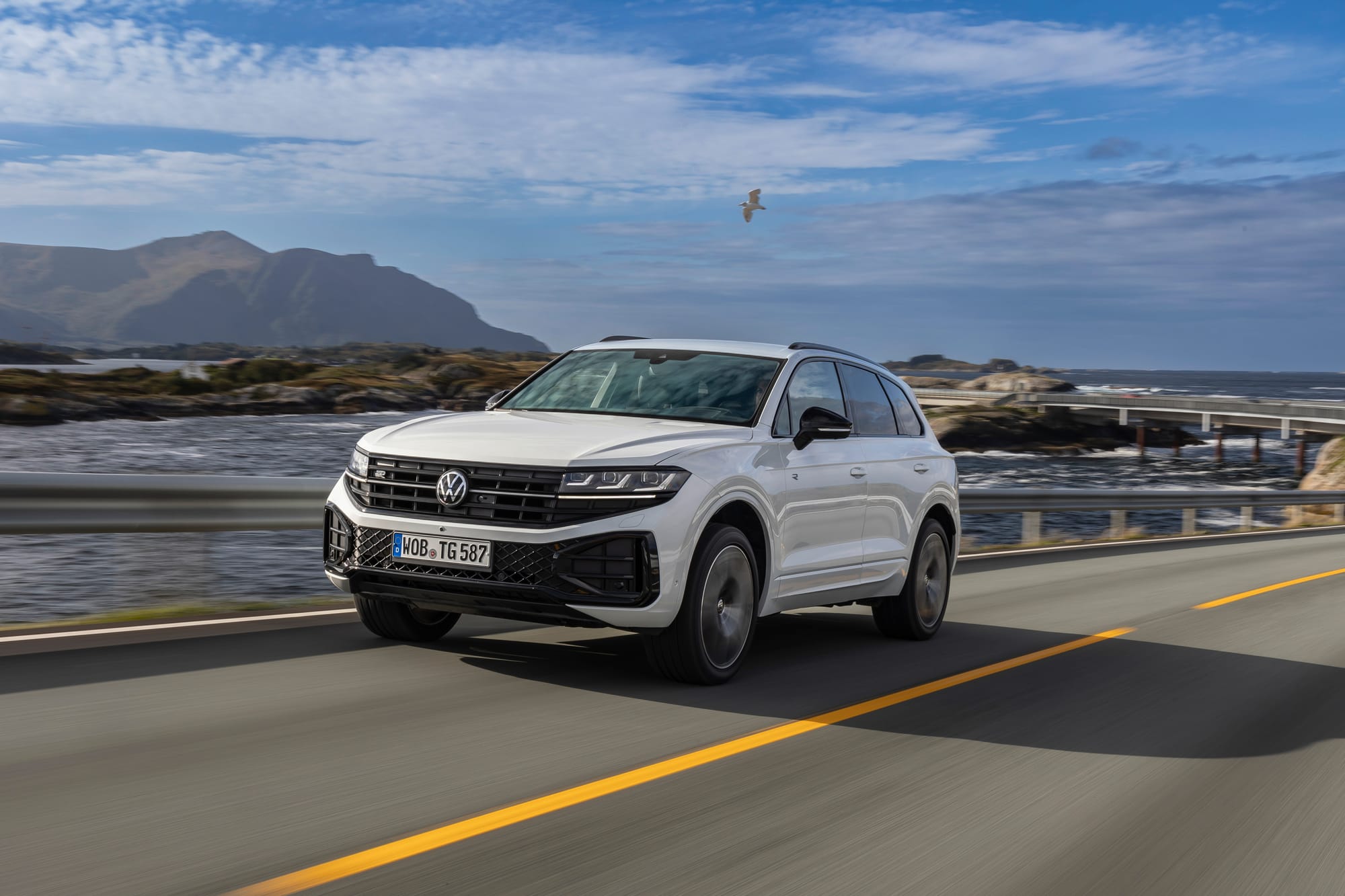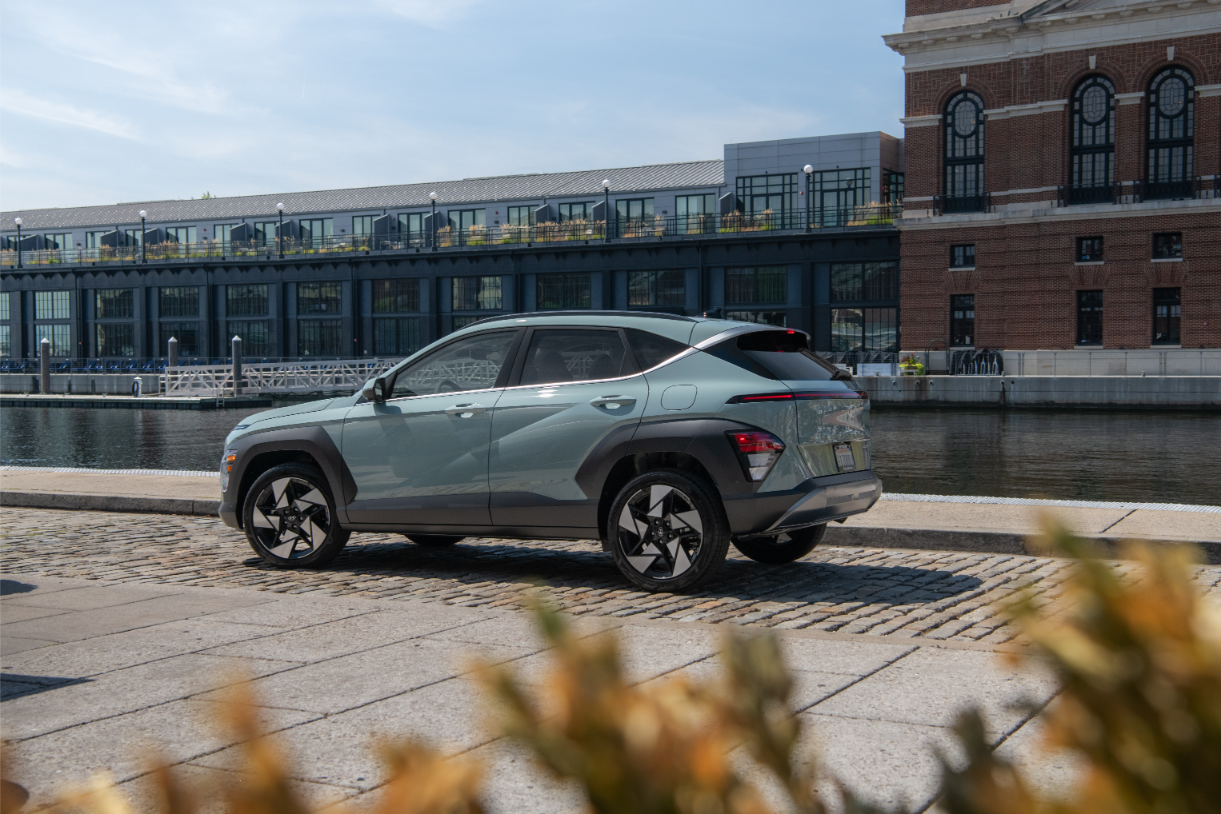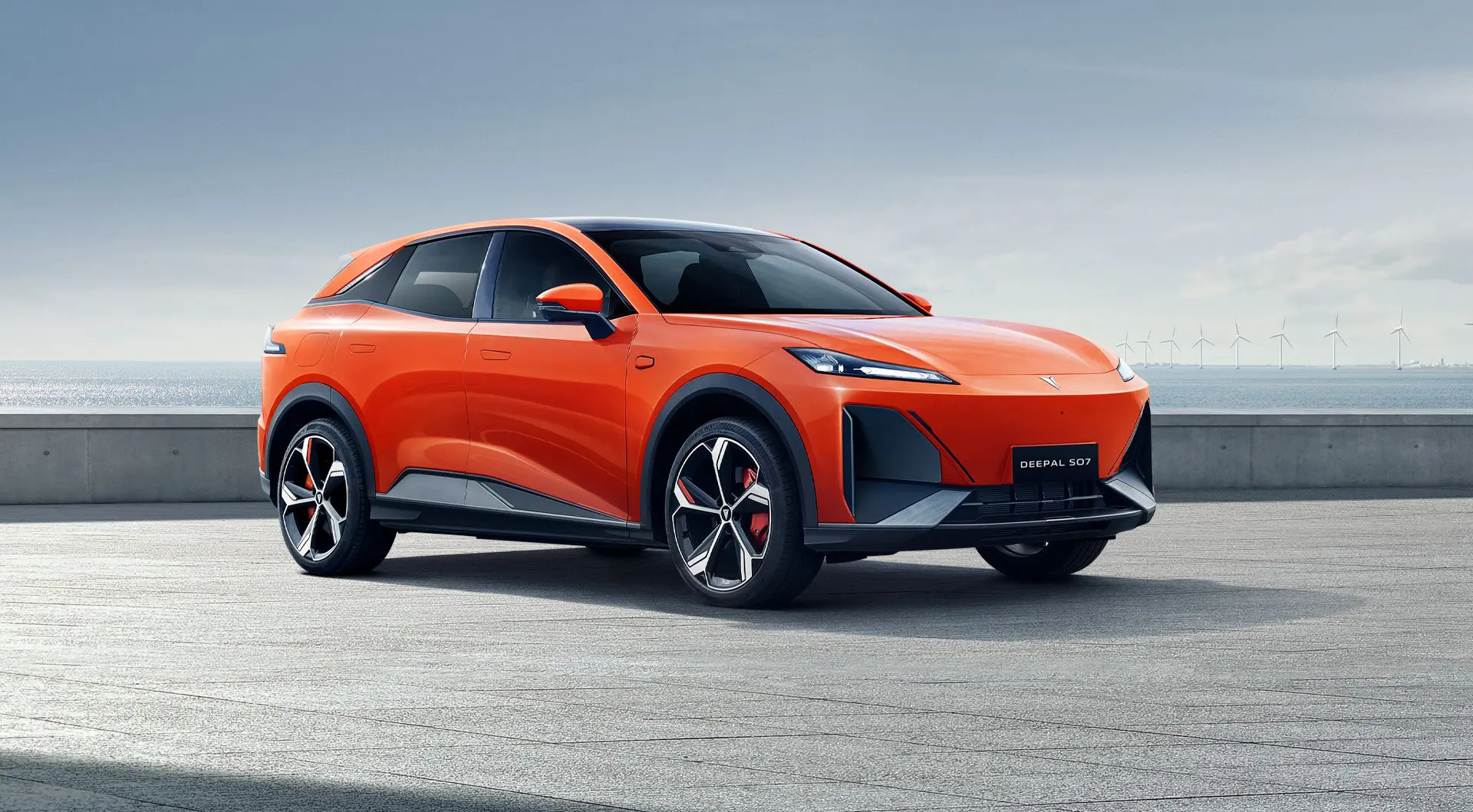Porsche has officially confirmed that the next-generation 911 Turbo, set to debut as a 2026 model, will feature hybrid technology. This move marks a significant evolution for the iconic sports car, promising enhanced performance and efficiency.
Hybrid Powertrain

The 2026 911 Turbo will incorporate advanced hybrid technology:
- Expected to use a similar system to the recently introduced 911 GTS hybrid
- Likely to feature an electrically-driven turbocharger
- Electric motor integrated into the transmission
- Compact high-voltage battery for power storage
This hybrid setup aims to boost both performance and efficiency.
Performance Expectations

While specific figures are yet to be released, the hybrid 911 Turbo is expected to surpass its predecessor:
- Current 911 Turbo S produces 640 hp and 590 lb-ft of torque
- Hybrid system likely to add significant power and instant torque
- Potential for even quicker acceleration than the current 2.2-second 0-60 mph time
- Top speed may exceed the current 205 mph
Weight Considerations
Porsche engineers are focusing on minimizing weight gain:
- Hybrid components add approximately 110 pounds to the GTS models
- Similar weight increase expected for the Turbo variant
- Potential use of lightweight materials to offset added mass
Model Variants



The hybrid powertrain is expected to be available across the 911 Turbo range:
- Standard Turbo and Turbo S models
- Coupe and Cabriolet body styles
- Possible introduction of new variants, such as a rumored Turbo S Touring
Market Positioning
The hybrid 911 Turbo will aim to maintain its position in the high-performance sports car market:
- Competing with other hybrid and electric supercars
- Targeting buyers seeking cutting-edge technology and performance
- Potentially attracting environmentally conscious performance enthusiasts
The confirmation of a hybrid powertrain for the 2026 Porsche 911 Turbo represents a significant step in the model's evolution. By embracing electrification, Porsche aims to enhance the 911 Turbo's legendary performance while addressing increasing demands for efficiency and reduced emissions in the high-performance segment.




